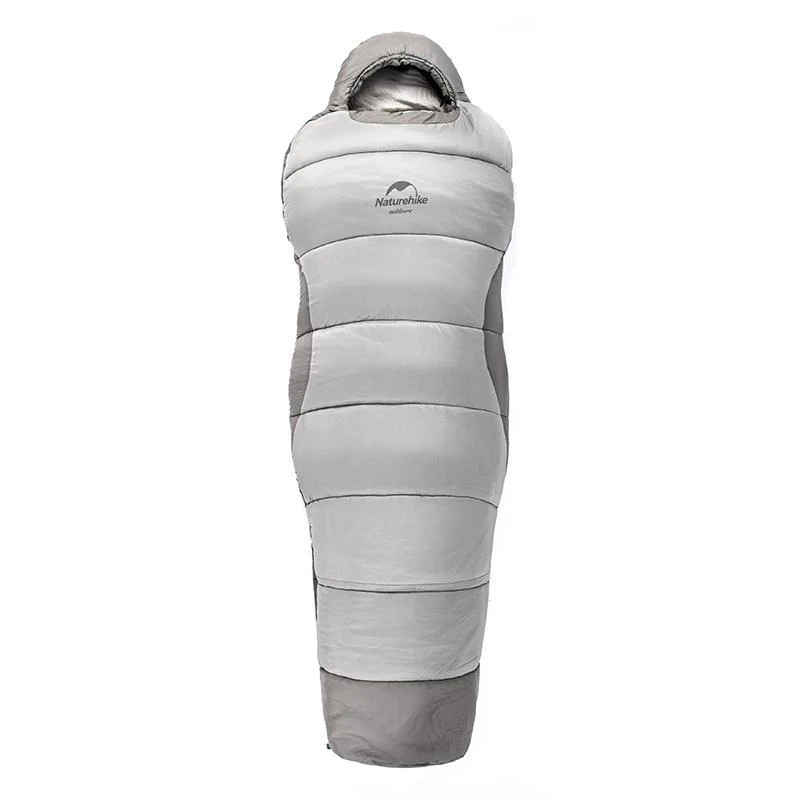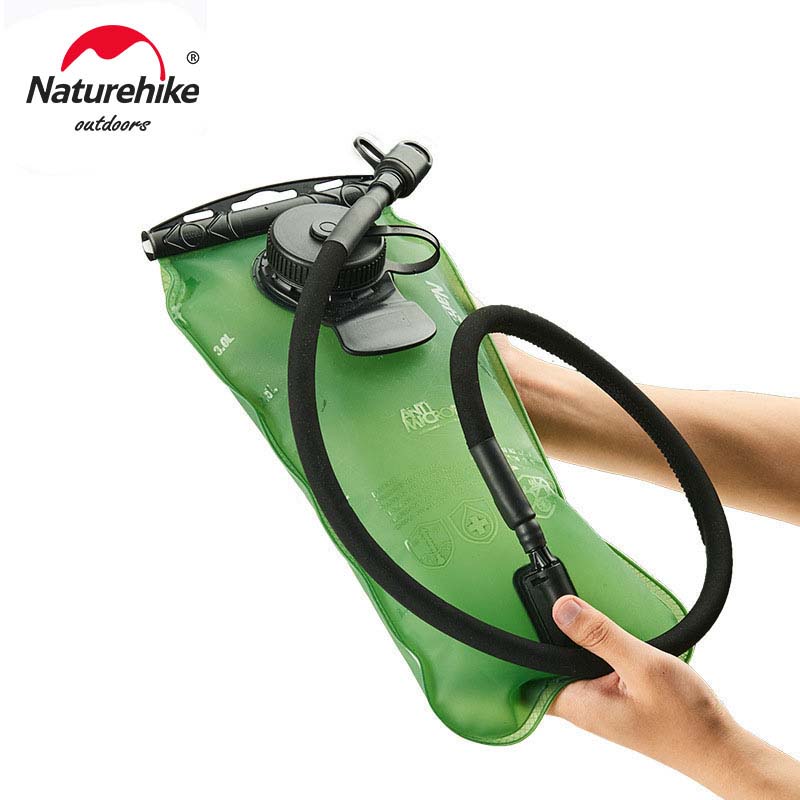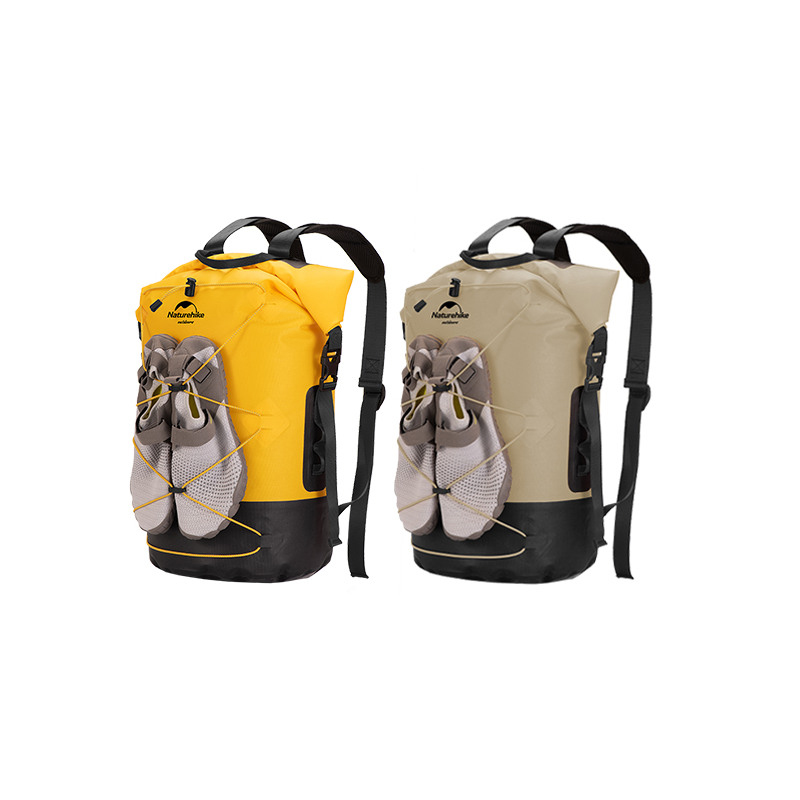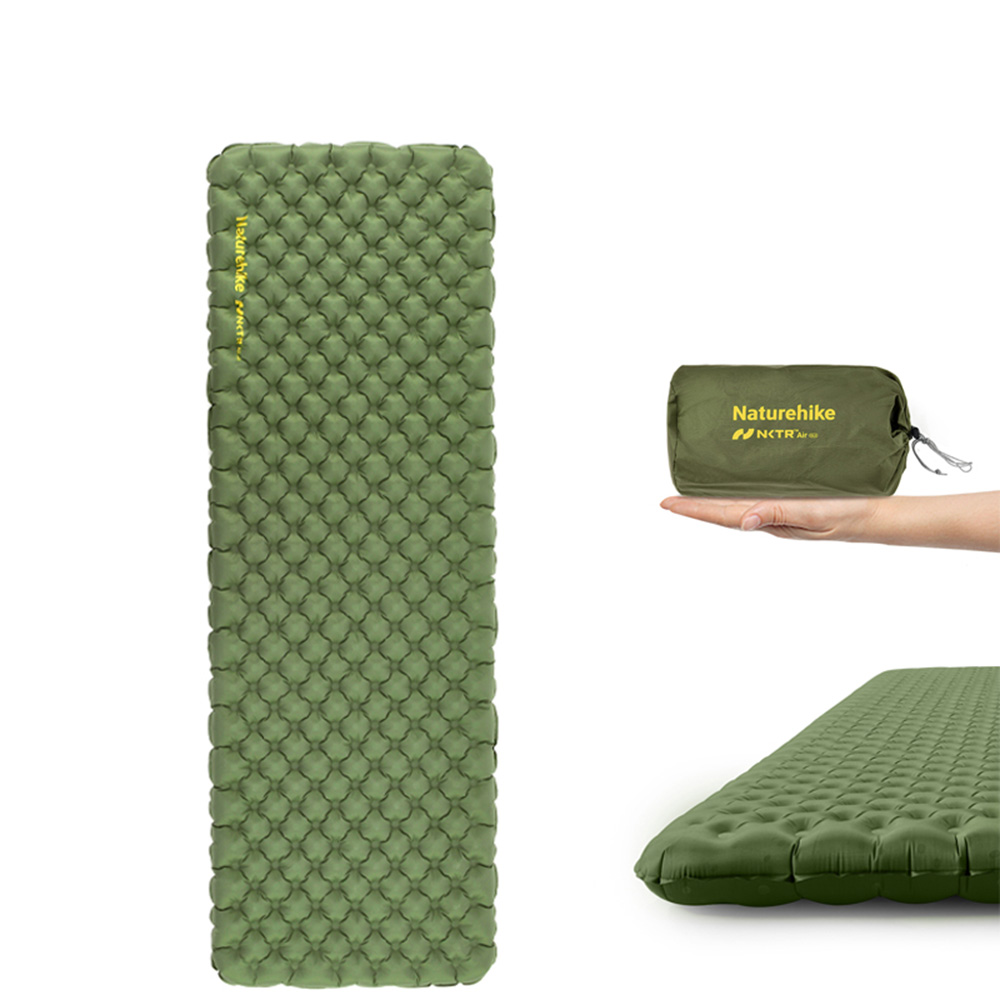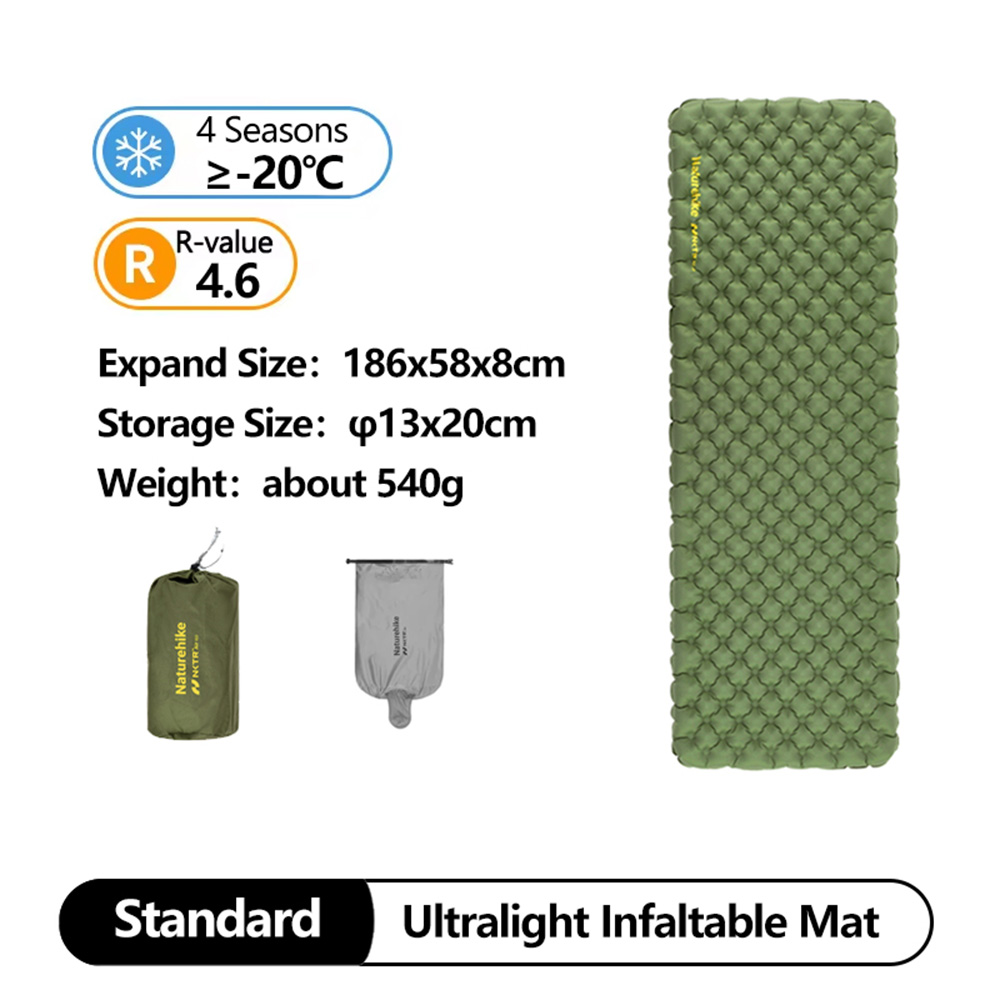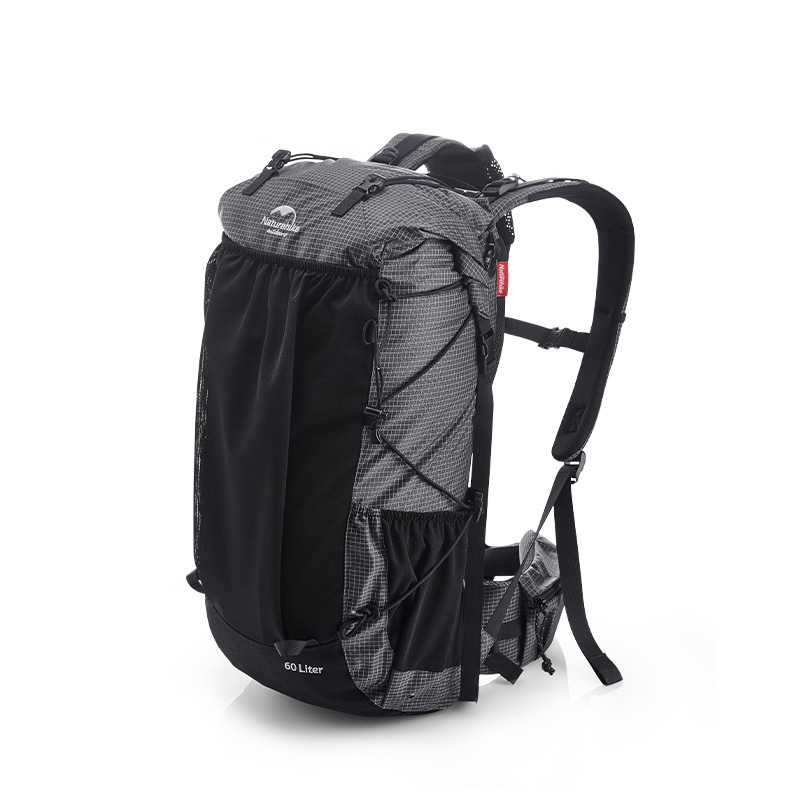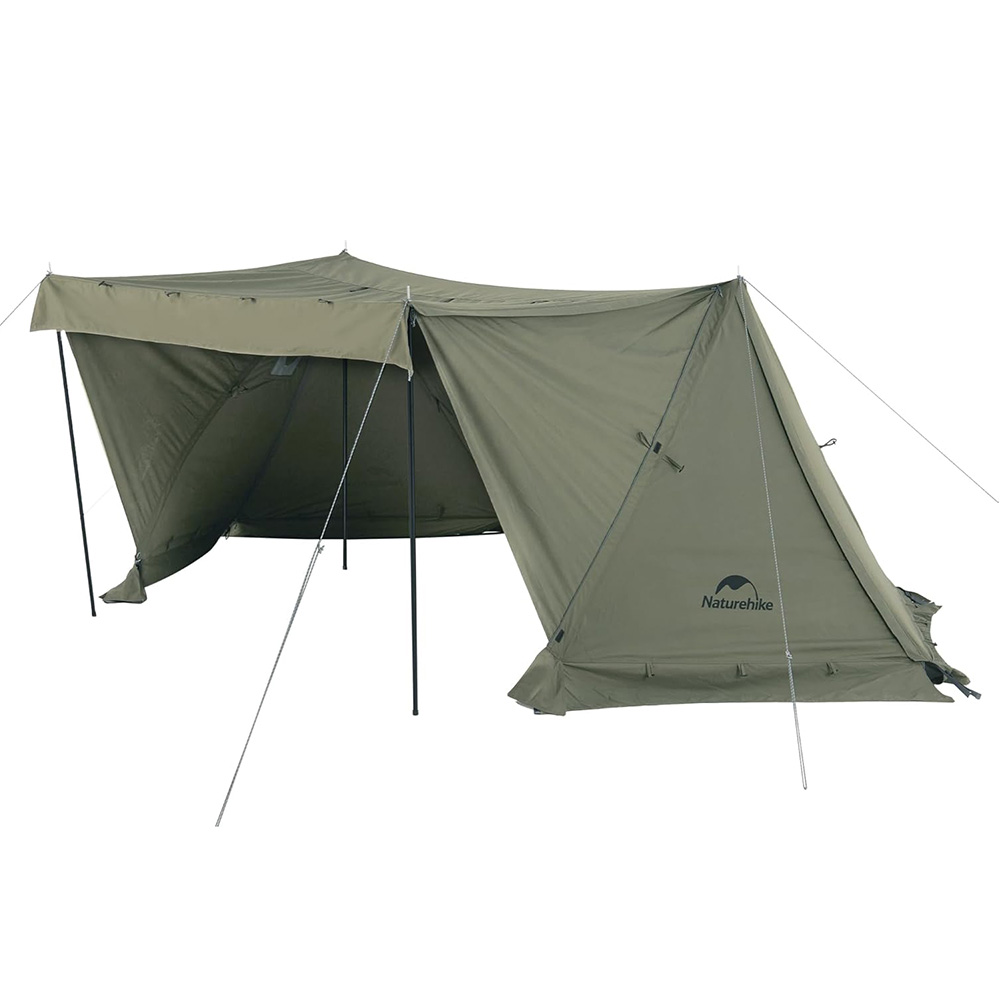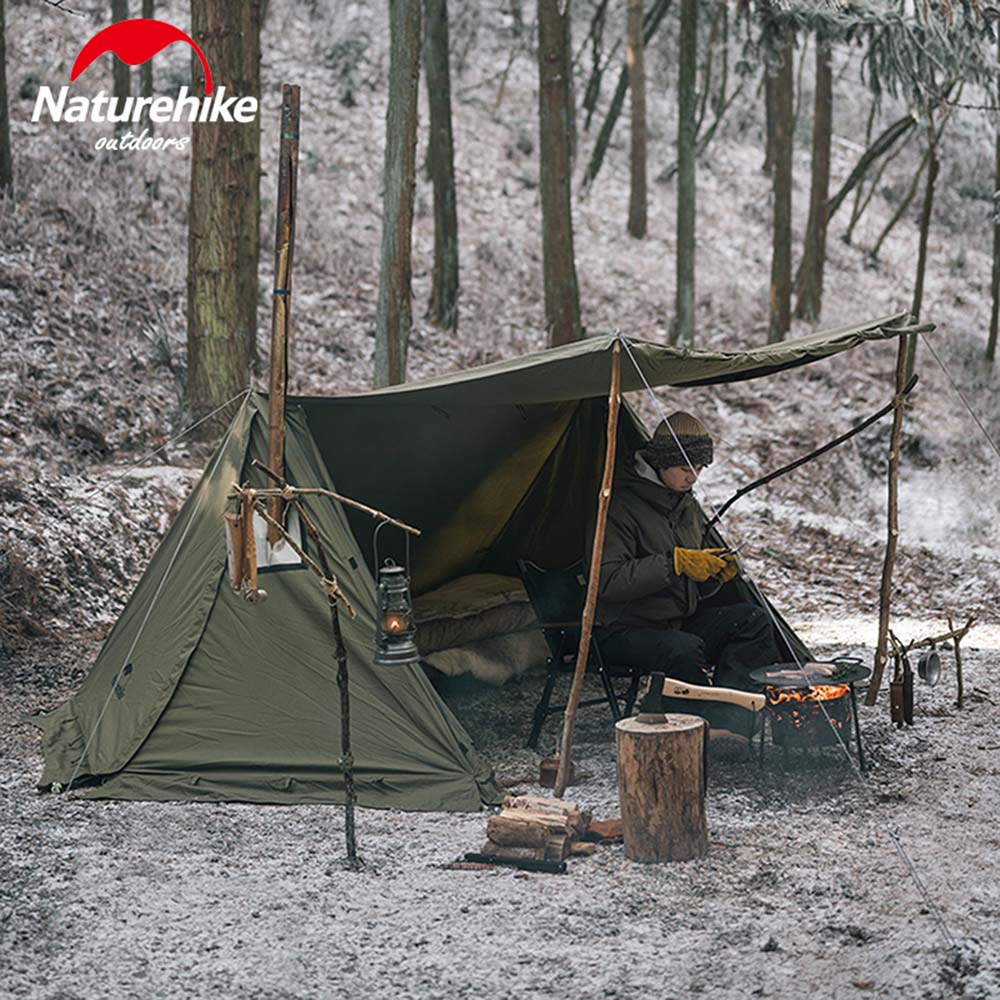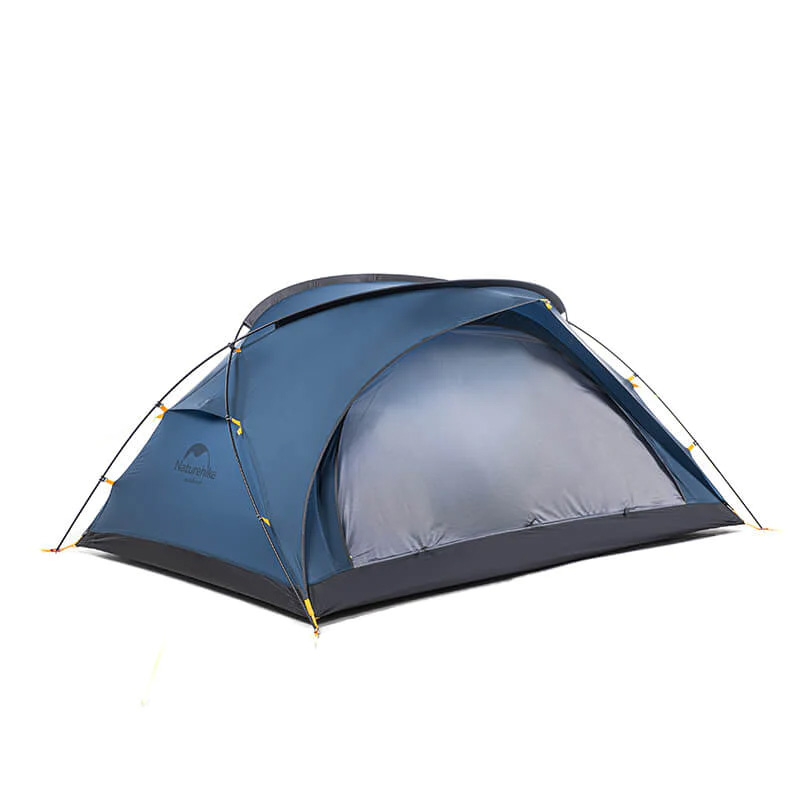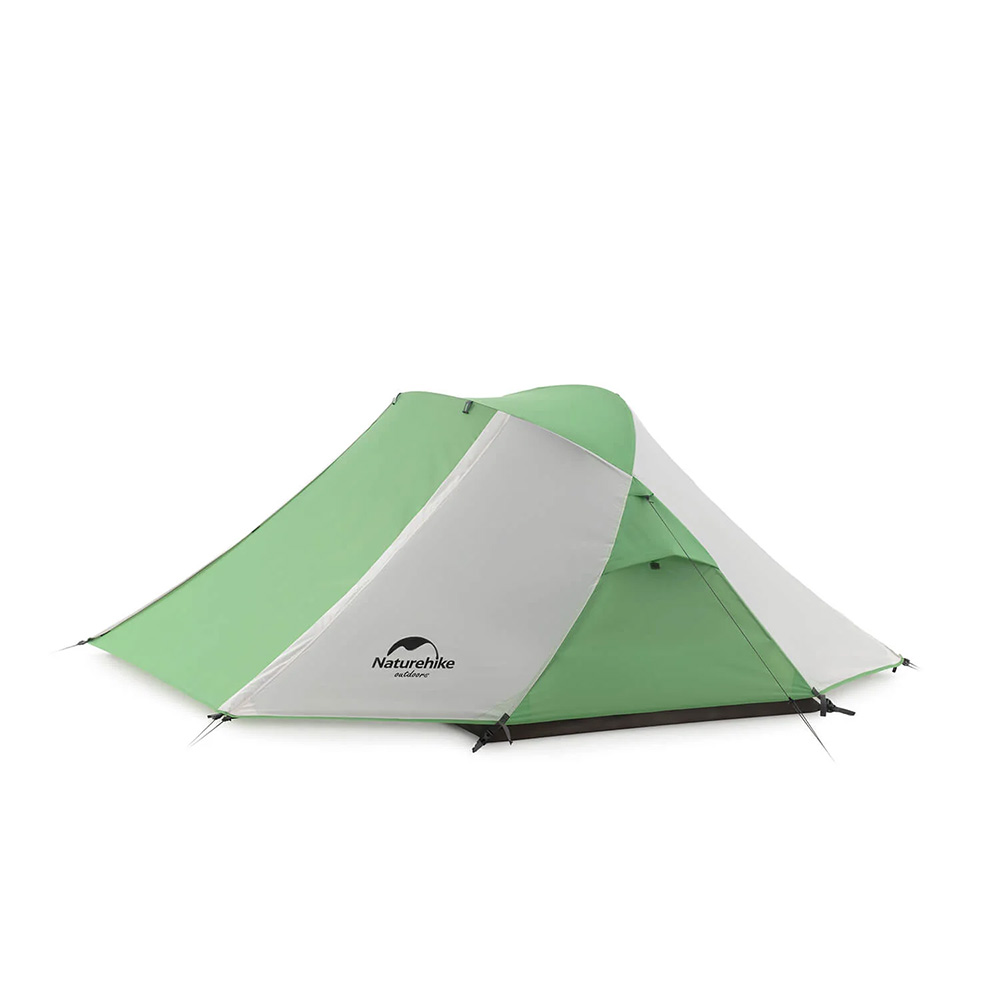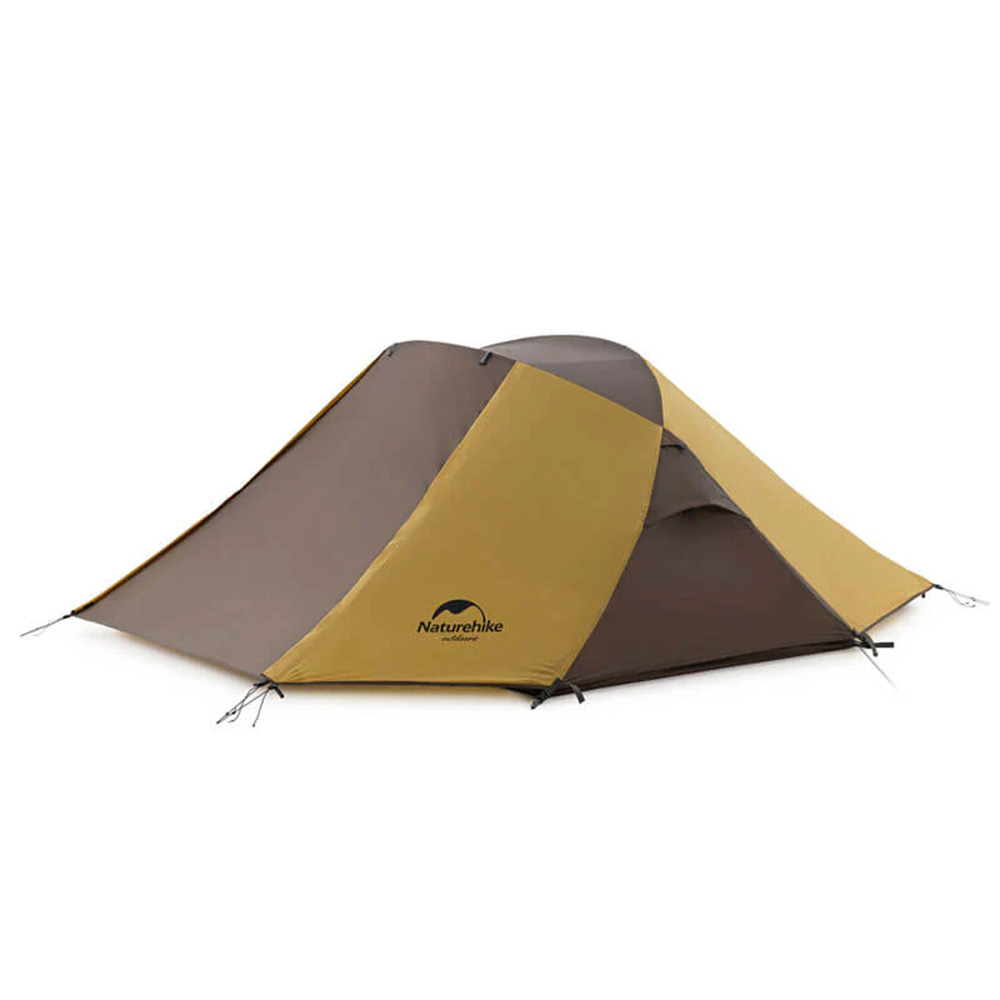At Backwoods Outdoor Gear, we’re proud to bring you a carefully curated selection of high-quality outdoor gear from top brands, including the exceptional Naturehike range. Whether you're planning a weekend trip or an extended outdoor adventure, our collection of Naturehike tents is designed to keep you comfortable and protected in all conditions.
Explore our offerings like the Naturehike Cloud Up 2, a lightweight and easy-to-set-up tent ideal for solo adventurers or couples. For those seeking a bit more room, the Naturehike Mongar 2 offers a spacious design with excellent weather resistance, while the Naturehike Star River 2 provides added stability for rougher conditions. We also carry the compact Naturehike Vik 1, perfect for ultralight camping enthusiasts who prioritize portability without compromising on quality.
At Backwoods Outdoor Gear, we understand that every outdoor adventure is unique, which is why we offer gear that meets a variety of needs. From solo expeditions to group camping trips, our Naturehike tent collection ensures you’ll find the perfect fit for your journey. Let us equip you with the best gear, so you can focus on making memories in the great outdoors.
FAQs
1. What makes a tent 'waterproof' and what does the 'mm' rating signify?
In our tents, 'waterproof' means that the external fabric is coated with high-quality polyurethane, preventing water from penetrating through seams. The 'mm' refers to millimeters, indicating how much water pressure the coating can withstand. For example, a 1500mm rating means it can resist a 1500mm (5-foot) column of water for over a minute before any water seeps through.
2. What do 'D' and 'T' represent in fabric specifications?
'D' stands for Denier, a unit that measures fiber thickness. Lower numbers indicate lighter fabrics, while higher numbers represent denser materials. 'T' represents Thread Count, which measures the number of threads per square inch. Higher thread counts create tightly woven, more durable fabrics.
3. What's the best way to clean my tent?
Cleaning your tent is only necessary if it’s heavily soiled or smells unpleasant. If cleaning is needed, use a garden hose to rinse it or hand wash it with warm water, a sponge, and mild, non-detergent soap. Avoid harsh cleaners like bleach, and always let your tent dry completely before storing. Do not machine wash or dry it.
4. How can I prevent mildew in my tent?
Mildew can form if your tent isn’t dried properly after getting wet. Even 24 hours in warm, damp conditions can lead to mildew, which can ruin waterproof coatings and stain the fabric. Ensure your tent is fully dry by hanging or airing it out before storing. Never use a machine dryer for your tent.
5. What should I do if a tent pole breaks?
For a quick fix, use the pole repair sleeve. Slide the sleeve over the broken section of the pole and secure it with tape or a stick to keep it in place temporarily.
6. How should I store my tent properly?
Never store your tent when it’s wet, damp, or dirty, as this can cause mildew and degrade the waterproof coating. For long-term storage, keep your tent in a cool, dry place away from sunlight, preferably in a breathable cotton or mesh bag.



